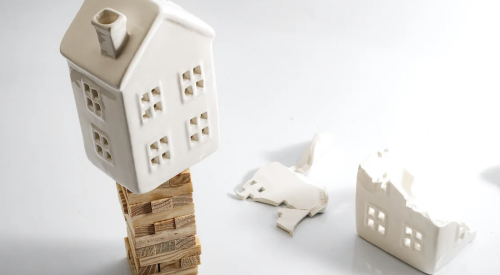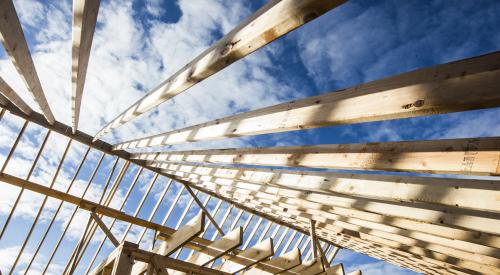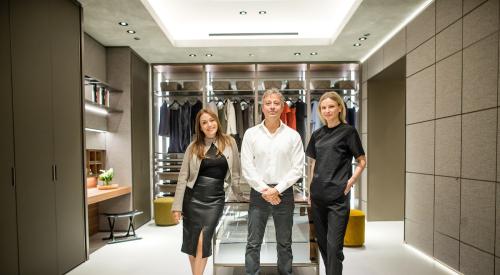Every one of us faces a choice. Not just builders and architects and product manufacturers, but all Americans. All people. We have to decide if there are enough resources to support our present lifestyle. It's a simple choice, and there is, really, only one conclusion. At our present rate, we will eventually outstrip our resources. Our lifestyles are unsustainable. That is the only logical and true conclusion.
The question then becomes, how long do we have at the present consumption rate before our lifestyle begins to significantly deteriorate? It is in this debate we find serious disagreement. Let me argue that debate is a fool's choice. The only real choice we have is deciding if we can sustain our present lifestyle with available resources. Once we have made that decision, shouldn't we act on it? Why worry about how long?
Because the truth is simple. We can't sustain this lifestyle; we must change. In an editorial in The New York Times Jan. 2, Jared Diamond, who wrote the brilliant book "Guns, Germs and Steel," notes that developed countries consume resources at a rate 32 times greater than developing countries. China has a consumption rate about 11 times less than ours. But China is working hard to catch up. So is India. If both were to achieve our rates, the world's consumption of resources would triple.
Now that's a mighty big if with a hefty ton of variables that can affect it, such as social unrest, population movements and climate change. The point is we consume 32 times the rate of developing countries, 11 times the rate of the countries with the greatest populations and who also have growth economies. Diamond points out that if the entire world consumed at our rate, it would be equivalent to having a population of 72 billion people. We sure can't sustain that.
This means we have to change how we build houses. We can debate about how long it will take for serious adverse effects force us to change. Or we can change now.
We have the technology and resources to develop land and build houses that are far more sustainable than what we build now. That know-how has been in place for decades and is implemented more each day. Our failure to make this transition is symptomatic of an industry that is slow to change and that often has change forced on it by outside causes.
NAHB at the International Builders' Show is declaring Feb. 14 as "Green Day." Often these kinds of events are semi-serious attempts to curry favor. We all do this, not just NAHB. What if we took this event and made it serious? Made it real? Used it as a catalyst for change? What if we all decided to stop using so many resources and started building homes that were sustainable? Choose now. It's the only logical decision.












